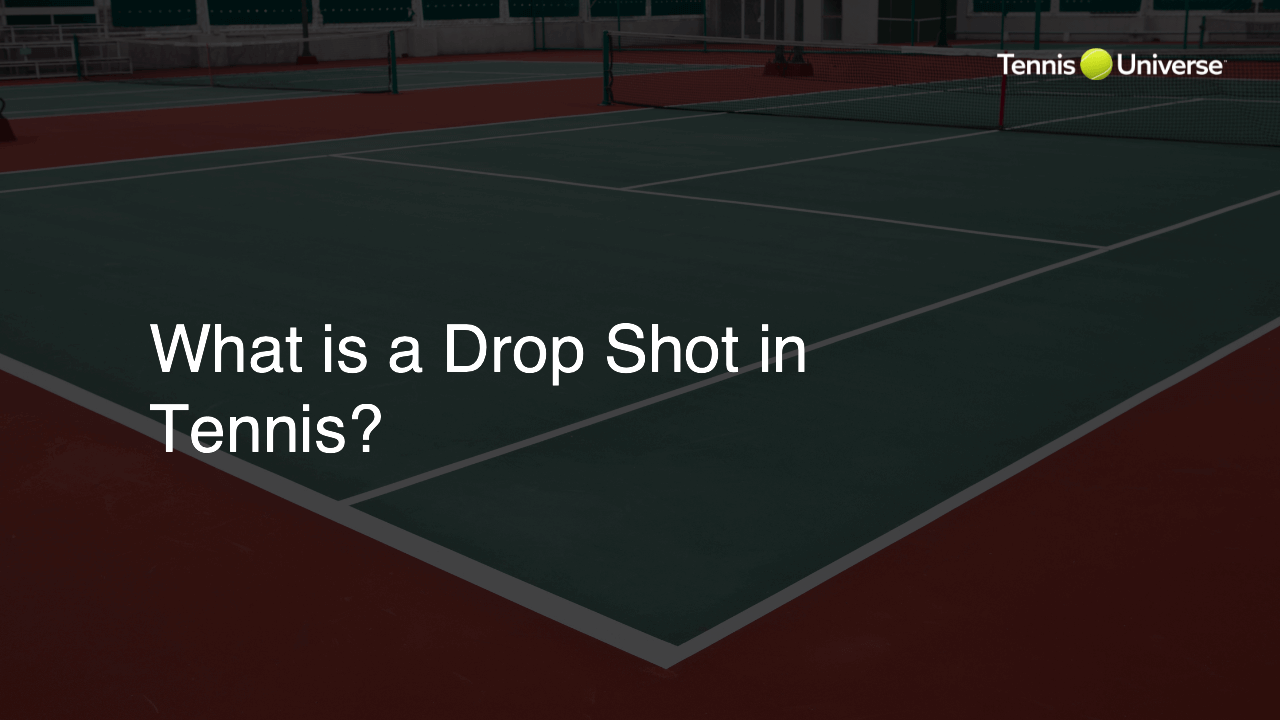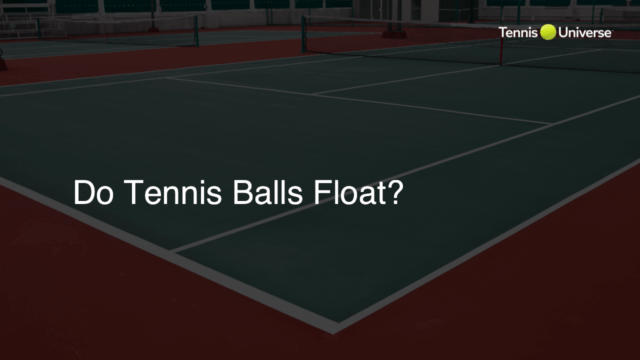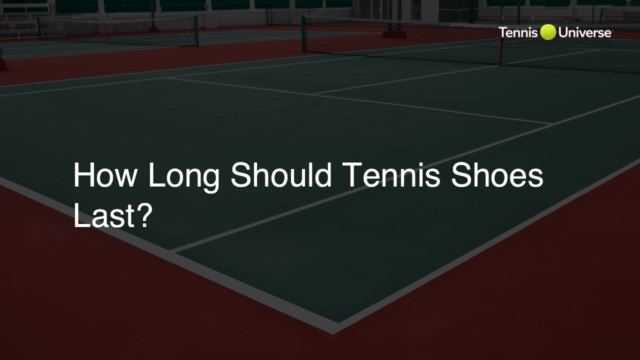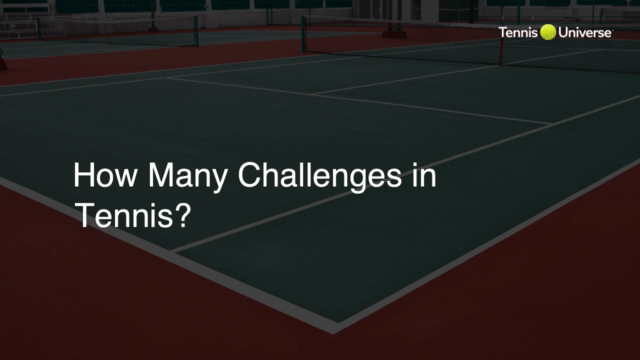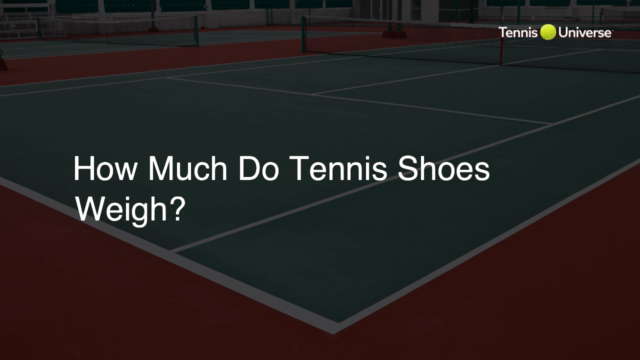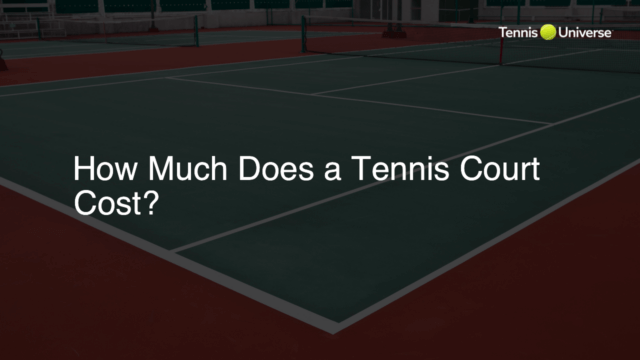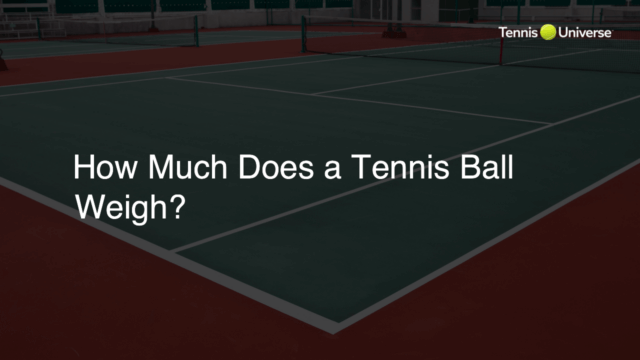A drop shot in Tennis is a strategic, softly hit shot intended to land just over the net, with the aim of catching the opponent off-guard and making it difficult for them to reach the ball. It’s often used to disrupt their rhythm and exploit weaknesses in their movement or positioning. The drop shot is executed with finesse using backspin, causing the ball to bounce low and stay close to the net.
Understanding the Drop Shot in Tennis
A drop shot in Tennis is a tactical stroke, delicately played with the intent to land the ball just over the net, often catching the opponent off-guard. A well-executed drop shot can disrupt the opponent’s rhythm and take advantage of their positioning weaknesses on the court. Employing backspin for a low bounce, the drop shot is most effective when it stays close to the net, making it harder to reach for the opposing player.
Mastering Drop Shot Technique
Preparing for the Drop Shot
Before attempting a drop shot, ensure you have a solid grip on your tennis racket. Use either the Eastern or Continental grip for better control. It’s essential to disguise your intent, so maintain a similar swing motion and footwork as you would for any other groundstroke.
Executing the Drop Shot
As the ball approaches, shift your weight to the back foot and angle your tennis racket slightly under the ball. Slice gently underneath the ball, applying backspin while maintaining a soft wrist for better touch. Aim for the ball to land near the service line to maximize the effectiveness of the shot.
When to Use a Drop Shot
A drop shot can be a powerful weapon in the right circumstances. Here are some ideal scenarios to incorporate it:
- When your opponent is positioned far behind the baseline, making it challenging for them to cover the short ball.
- During a rally to surprise your opponent and put them off balance by changing the pace of the game.
- If your opponent struggles with their movement or agility, the drop shot can exploit those weaknesses.
Practicing the Drop Shot
Developing a reliable drop shot requires consistent practice. Regularly incorporate drop shot drills into your training sessions, focusing on improving touch, control, and disguise.
- Practice with a partner who can feed balls to various locations for you to attempt drop shots.
- Increase the level of challenge by having your partner stand at the net, simulating real match pressure.
- Experiment with different types of spins and placements to find the most effective drop shot for your game.
Common Mistakes and How to Avoid Them
Many players struggle with achieving the perfect drop shot. Here are some common mistakes in executing the drop shot and tennis tips on how to avoid them:
- Telegraphing the shot: A successful drop shot needs an element of surprise. Avoid giving away your intentions by keeping your stroke preparation similar to your regular groundstrokes.
- Improper contact point: Hitting the ball too late or too close to your body can result in a weak drop shot. Focus on a proper contact point and create space between your racket and body.
- Inconsistent touch: To ensure a consistent touch on the ball, practice varying heights, depths, and spins during your practice sessions. This will help you adjust to different game situations.
Drop Shot Variations and Strategies
Expanding your drop shot arsenal can keep your opponent guessing and enhance your overall game. Here are a few variations to consider:
- Crosscourt drop shot: When executed well, a crosscourt drop shot can put your opponent in a challenging position and open up the court for your next shot.
- Drop shot-lob combination: Mixing up your shots with a well-timed drop shot followed by a deep lob can confuse your opponent and establish control over the point.
- Drop shot on the return: A risky yet potentially rewarding play is attempting a drop shot off the return. Similarly, a drop-shot-return can exploit an opponent’s weak service game or tendency to stay back at the baseline.
Anticipating and Defending Against a Drop Shot
Being able to read your opponent’s intentions and react quickly to their drop shots is just as valuable as executing your own. Here are some tennis tips for dealing with drop shots:
- Watch for cues: Observe your opponent’s body language, footwork, and racket preparation for any clues that may indicate a drop shot attempt.
- Maintain good court positioning: Avoid positioning yourself too far behind the baseline. Being closer to the baseline keeps you better prepared for a potential drop shot.
- Split-step timing: Use the split-step technique to set yourself up for quick reactions and rapid change of direction when facing an unexpected drop shot.
- Practice quick recoveries: Incorporate drills that focus on reacting to and recovering from drop shots. This will improve your agility, speed, and ability to respond efficiently during match play.
FAQs About the Drop Shot in Tennis
Below are five frequently asked questions about the drop shot along with direct and concise answers drawn from the content in this blog post.
What is the purpose of a drop shot in Tennis?
The purpose of a drop shot is to catch the opponent off-guard by hitting the ball softly and landing it just over the net, exploiting their positioning weaknesses and disrupting their rhythm during a match.
How do I properly execute a drop shot?
Execute a drop shot by using either the Eastern or Continental grip, maintaining a similar swing motion and footwork as with other groundstrokes. Angle the racket under the ball and apply backspin with a soft wrist, aiming to land the ball near the service line to maximize effectiveness.
How can I disguise my drop shot better?
To better disguise your drop shot, avoid telegraphing your intentions by keeping your stroke preparation similar to regular groundstrokes, maintain consistent footwork, and establish a proper contact point between your racket and the ball.
What are some ideal scenarios to use a drop shot?
Ideal scenarios to incorporate a drop shot include when your opponent is far behind the baseline, during a rally to catch them off balance, or when they have difficulties with their movement or agility.
How can I defend against a drop shot?
To defend against a drop shot, watch for cues in your opponent’s body language and racket preparation, maintain good court positioning by staying closer to the baseline, improve your split-step timing, and practice quick recovery drills to enhance agility and speed.

